What is the name of the hormone that regulates blood sugar levels in the human body?
Insulin
Glucagon
Estrogen
Testosterone
Correct Answer : A
Insulin is a hormone produced by the pancreas that plays a crucial role in regulating the levels of glucose (sugar) in the blood. After a person eats a meal, the levels of glucose in the blood rise, which stimulates the pancreas to release insulin into the bloodstream. Insulin acts on various cells in the body, particularly those in the liver, muscles, and adipose tissue, to promote the uptake, use, and storage of glucose.
Insulin helps to lower the levels of glucose in the blood by increasing the uptake of glucose by cells, stimulating the liver and muscle cells to store glucose in the form of glycogen, and inhibiting the production and release of glucose by the liver. This process is known as glucose homeostasis, and it helps to keep the levels of glucose in the blood within a normal range.
Deficiencies or abnormalities in insulin production or function can lead to a range of metabolic disorders, including type 1 and type 2 diabetes. In type 1 diabetes, the body does not produce enough insulin, while in type 2 diabetes, the body becomes resistant to the effects of insulin, leading to elevated levels of glucose in the blood.
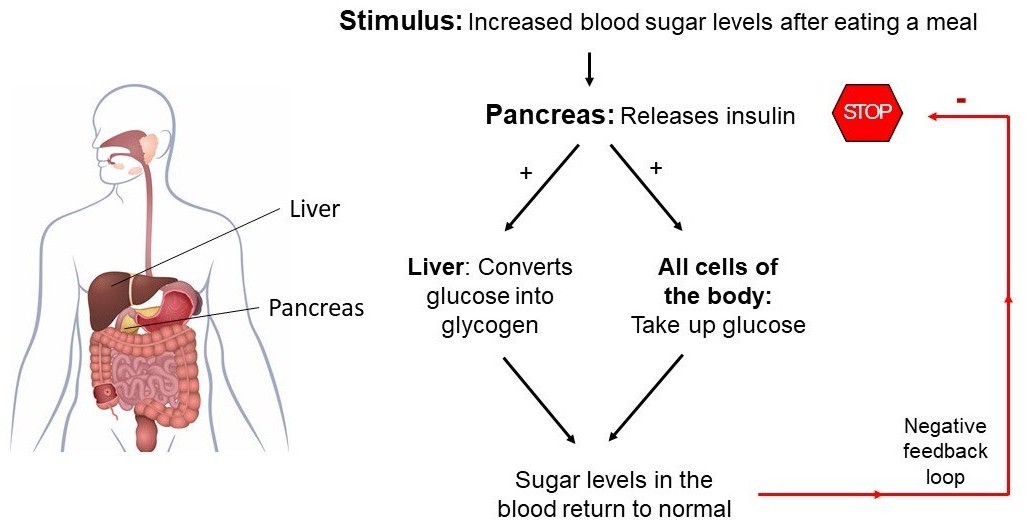
TEAS 7 Exam Quiz Bank
HESI A2 Exam Quiz Bank
Find More Questions 📚
Teas 7 Questions: We got the latest updated TEAS 7 questions
100% Money Refund: 100% money back guarantee if you take our full
assessment pass with 80% and fail the actual exam.
Live Tutoring: Fully customized live tutoring lessons.
Guaranteed A Grade: All students who use our services pass with 90%
guarantee.
Related Questions
Correct Answer is C
Explanation
Facial acne is commonly caused by the blockage and inflammation of the sebaceous glands. These glands are responsible for secreting sebum, an oily substance that helps to lubricate the skin and hair. When these glands become overactive, or their ducts are blocked by excess sebum and dead skin cells, it can lead to the formation of pimples, blackheads, or whiteheads, which are typical signs of acne.
- Sebaceous glands are found near hair follicles and are primarily responsible for acne when they become clogged.
The other options are not related to acne:
- A. Lacrimal glands: These produce tears and are associated with the eye, not the skin.
- B. Sudoriferous glands: These are sweat glands, which are involved in perspiration, not typically linked to acne.
- D. Ceruminous glands: These are found in the ear canal and produce earwax, not involved in facial skin health.
Correct Answer is D
Explanation
The unit used to indicate length is the meter (m). It is the base unit of length in the International System of Units (SI).
Correct Answer is C
Explanation
Stomach acid is highly acidic, primarily composed of hydrochloric acid (HCl), which means it has a low pH (around 1 to 3). Acids release hydrogen ions (H⁺) in solution, which lowers the pH.
- A. It has a higher pH: Incorrect, as acidic solutions have a lower pH compared to neutral distilled water (which has a pH of 7).
- B. It contains nitrogen: Incorrect, stomach acid is composed mostly of HCl, not nitrogen-containing compounds.
- D. It has more hydroxyl ions: Incorrect, acidic solutions have fewer hydroxyl ions (OH⁻); hydroxyl ions are more common in basic (alkaline) solutions.
In comparison to distilled water, which is neutral, the stomach acid solution has significantly more hydrogen ions, making it more acidic.
Correct Answer is D
Explanation
In the case of methanol poisoning, the metabolism of methanol to formaldehyde is a critical concern because formaldehyde is highly toxic. Ethanol is used as a treatment because it competes with methanol for the same enzyme, methanol oxidase (or alcohol dehydrogenase), effectively inhibiting the metabolism of methanol. By inhibiting the enzyme, ethanol reduces the conversion of methanol to formaldehyde, thereby minimizing its toxic effects.
Here’s why the other options are not suitable treatments:
- A. Methanol oxidase, which would increase the rate of the reaction: This would not be a treatment; it would worsen the situation by promoting the conversion of methanol to toxic formaldehyde.
- B. Methanol, which would saturate the methanol oxidase: This option would also be harmful, as adding more methanol would only lead to more formaldehyde production.
- C. Ice, which would shift the equilibrium of the reaction: The reaction is not a typical equilibrium reaction in this context, and cooling the body does not address the metabolic conversion of methanol to formaldehyde.
Thus, administering ethanol is an effective treatment to prevent the toxic effects of methanol metabolism.
Correct Answer is A
Explanation
The diaphragm is a dome-shaped muscle that plays a key role in breathing. It separates the thoracic cavity, which contains the heart and lungs, from the abdominal cavity. When the diaphragm contracts, it moves downward and increases the volume of the thoracic cavity, allowing air to flow into the lungs. When it relaxes, it moves upward and decreases the volume of the thoracic cavity, forcing air out of the lungs.
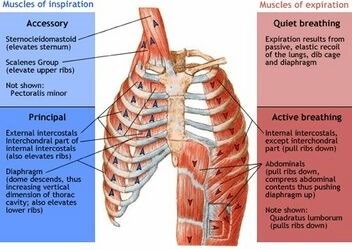 |
Correct Answer is B
Explanation
The perineum is the region of the body located between the pubic symphysis (in the front) and the coccyx (in the back). It includes the areas surrounding the openings for the urinary, digestive, and reproductive systems, such as the urethra, anus, and, in females, the vaginal opening.
The other options describe different areas of the body:
- A. The area on the back between the neck and the two shoulder blades refers to the upper back and shoulder region, not the perineum.
- C. The area between the nipples on the chest and the belly button describes the mid-torso, not the perineum.
- D. The area between the edges of the eyes and the chin describes the face, not the perineum.
Correct Answer is A
Explanation
Chlorophyll a is the primary pigment responsible for photosynthesis in plants. It is a green pigment that is essential for capturing light energy from the sun and converting it into chemical energy that can be used by the plant. Chlorophyll a absorbs light most efficiently in the blue and red parts of the spectrum, and reflects green light, giving plants their characteristic green color
Chlorophyll b is another type of chlorophyll that is also involved in photosynthesis, but it is not as abundant as chlorophyll a. Chlorophyll b absorbs light most efficiently in the blue and orange parts of the spectrum and reflects yellow-green light.
Carotenoids are pigments that are present in many plants and are involved in photosynthesis as well as protecting the plant from damage caused by excess light. Carotenoids are responsible for the orange, yellow, and red colors of many fruits and vegetables.
Anthocyanins are pigments that give plants their red, purple, and blue colors. While they are not directly involved in photosynthesis, they play a role in atracting pollinators and protecting the plant from damage caused by UV radiation.
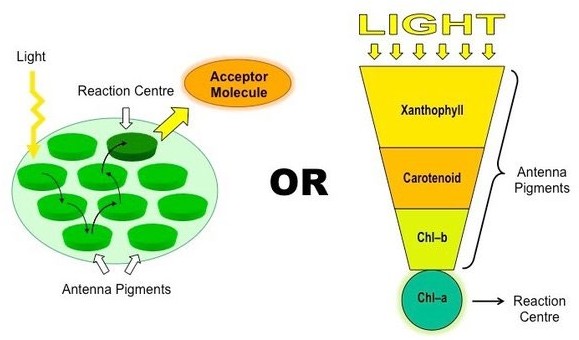
Correct Answer is D
Explanation
The largest organ in the human body by surface area is the skin. It covers the entire external surface of the body and has an average surface area of about 20 square feet in adults.
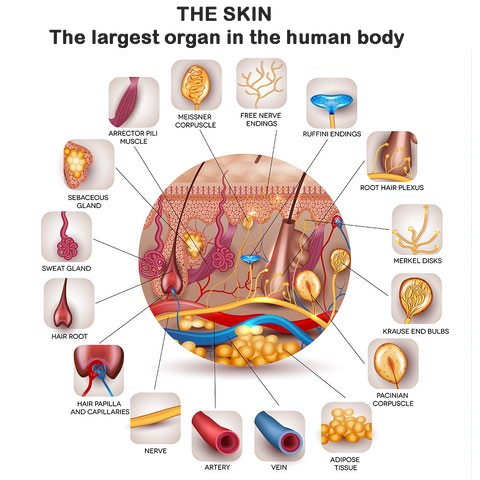 |
Correct Answer is A
Explanation
The data collected by the researcher on the number of cars passing through a busy intersection at different times of the day for a month would be most useful to analyze traffic paterns during rush hour.
Correct Answer is D
Explanation
Exocrine glandular is not one of the four primary tissue types found in the human body. The four primary tissue types are epithelial, nervous, connective, and muscle.
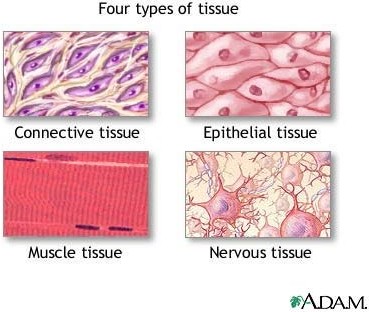 |
This question was extracted from the actual TEAS Exam. Ace your TEAS exam with the actual TEAS 7 questions, Start your journey with us today
Visit Naxlex, the Most Trusted TEAS TEST Platform With Guaranteed Pass of 90%.
Money back guarantee if you use our service and fail the actual exam. Option of personalised live tutor on your area of weakness.
